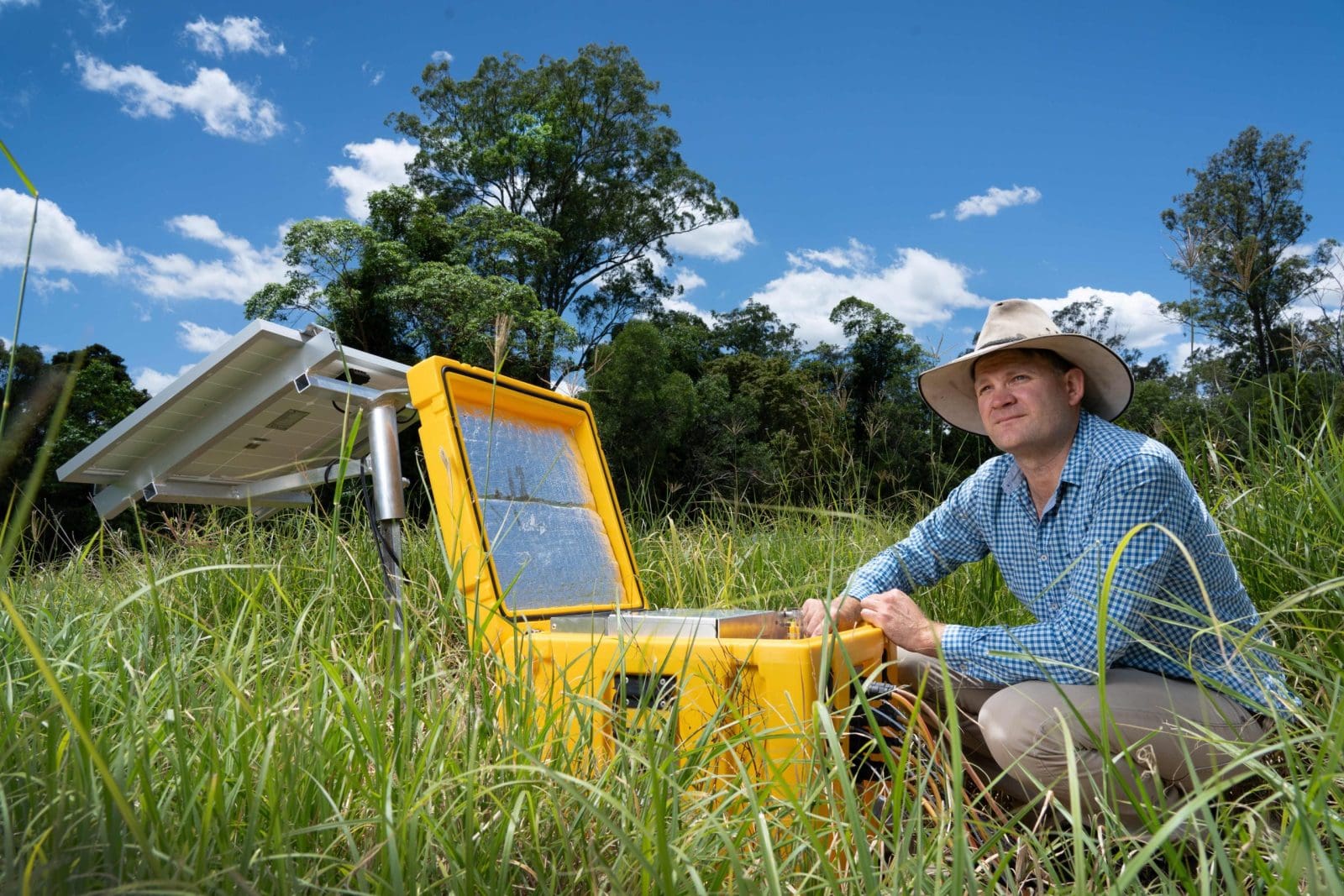
Professor David Rowlings. Photo: QUT media
A NEW $8 million national study is set to quantify greenhouse gas (GHG) emissions from crop residues, to help the Australian grains industry accurately report its carbon footprint, with potential benefits for future market access and price.
An initiative of the Grains Research and Development Corporation, the national project will be led by Professor David Rowlings from the Queensland University of Technology.
It will involve two years of fieldwork to quantify emissions from crop-residue decomposition across a range of crop types, climates and soils at five sites in Australia.
The trial sites, and research-parnters monitors are:
- Gatton, Qld – University of Qld;
- Tamworth and Wagga Wagga, New South Wales – NSW Department of Primary Industries and Regional Development;
- Horsham, Victoria – Agriculture Victoria; and,
- Wongan Hills, Western Australia – WA DPIRD.
The landmark study is expected to have significant benefits for grain growers and marketers, as the GHG emissions attached to grains can impact the price and marketability of exports, as well as the sustainability credentials of farm businesses.
Prof Rowlings said crop residues emit GHG as they decompose in the paddock, with nitrous oxide making up most of these emissions.
“Australia includes these emissions in its sector level accounting to the Intergovernmental Panel on Climate Change,” Prof Rowlings said.
“While the global default emission decomposition factor is 1 percent of total residues, international research has shown that 0.5pc may be more accurate for dry climates.
“As this research has been accepted by the IPCC, the CSIRO – with GRDC support – is currently updating Australia’s GHG baseline methodology to use the lower emissions factor from 2024.
“However, with approximately 23 million hectares of land under cropping, Australian growers could still benefit by being able to use accurate, locally derived emissions data for IPCC reporting.”
At each trial site, nitrous oxide will be measured for the 12 months following harvest to obtain accurate data on the emissions from the decaying crop residues.
Crops being studied include wheat, faba beans and canola in NSW and Victoria; maize, sorghum, wheat and faba beans in Qld; and wheat and canola in WA.
“We have achieved a good spread of representative climate conditions, soil types and crops.
“Over the two years and five locations, we will gather 32 site-years’ worth of data.”
GRDC sustainable cropping systems manager north Cristina Martinez said the new national study was critical in that it aimed to generate representative emissions factors for Australian crop residues alongside region-based data that individual farms could adopt for emissions accounting and reporting.
This research builds on earlier work done by GRDC in partnership with CSIRO for the Australian Grains Baseline and Mitigation Assessment.
This 2022 report showed crop residue accounted for 20.4pc of all Scope 1, or on-farm, GHG emissions in Australian cropping, compared to fertiliser at 15pc, lime application, or farm operations at 11pc each.
This initial study also concluded that the use of internationally derived emissions factors may be overestimating reportable GHG emissions from the Australian grains sector.
Source: GRDC

HAVE YOUR SAY